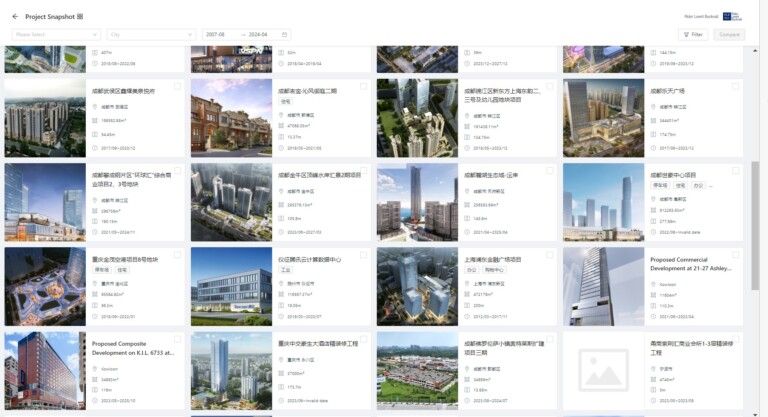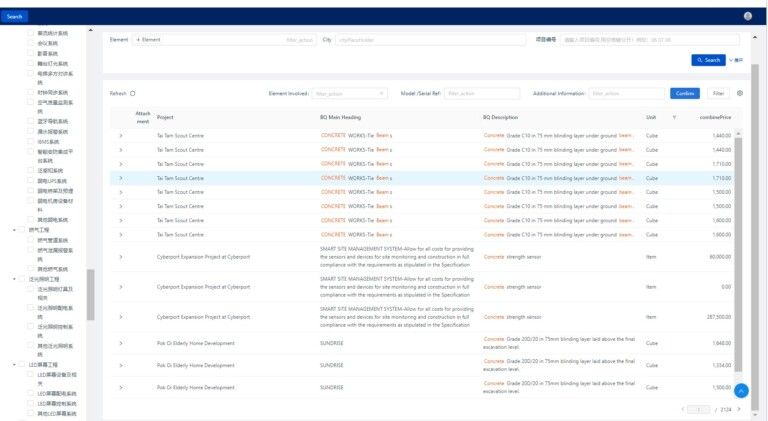
By harnessing digital tools and technologies, we can improve the accuracy and efficiency of data management as the manual capture and organisation of data will be minimised. We can also produce consistent and standardised documentation more easily and more quickly.
Digitalisation, in short, is essential for businesses in our industry if they are to stay competitive and ensure the smooth and successful execution of projects for clients.
It was for these reasons that we decided to develop a customised digital platform to manage our data and operations more efficiently. Its development was guided by the requirement to provide:
The development of the platform went through several stages: defining use cases, identifying the operating needs and preferences of users, designing compatible and scalable infrastructure, developing user-friendly and intuitive interfaces, testing and debugging, and launch.
The wide variety of operational needs and user preferences sometimes presented conflicts. Adapting the platform to resolve these conflicts was challenging but imperative to the success of the project, and which we achieved through intensive study and close discussions with colleagues.
As a result of this development and consultation process, our digital platform today provides a comprehensive portfolio of functions:
Any updates of data on the platform are synchronised across all modules to eliminate multiple handling and ensure consistency.



While celebrating what we have achieved so far, we are well aware there are still challenges to overcome to ensure the continued success of our digital platform.
A key priority is maintaining user buy-in and engagement through an overarching strategy encompassing change management, training, support and internal communications.
Protecting the security of the platform is another high priority, not only because of the amount of data involved is enormous, but also some of the data could be sensitive. The platform was developed as a closed system accessible only by colleagues in offices through the RLB intranet. Users are also only assigned access rights based on the ‘least privileged’ principle.
Embracing digitalisation is not only a recipe for being relevant but also for survival in a world where both technology and competition are advancing at a rapid pace. We see our journey of digitalisation as an evolution, demanding continuous dedication and innovation.
This is why we will continue to improve and expand the capabilities of our digital platform by leveraging new technologies, notably, artificial intelligence.
Danny Chow
Director,
RLB North Asia
danny.chow@hk.rlb.com
